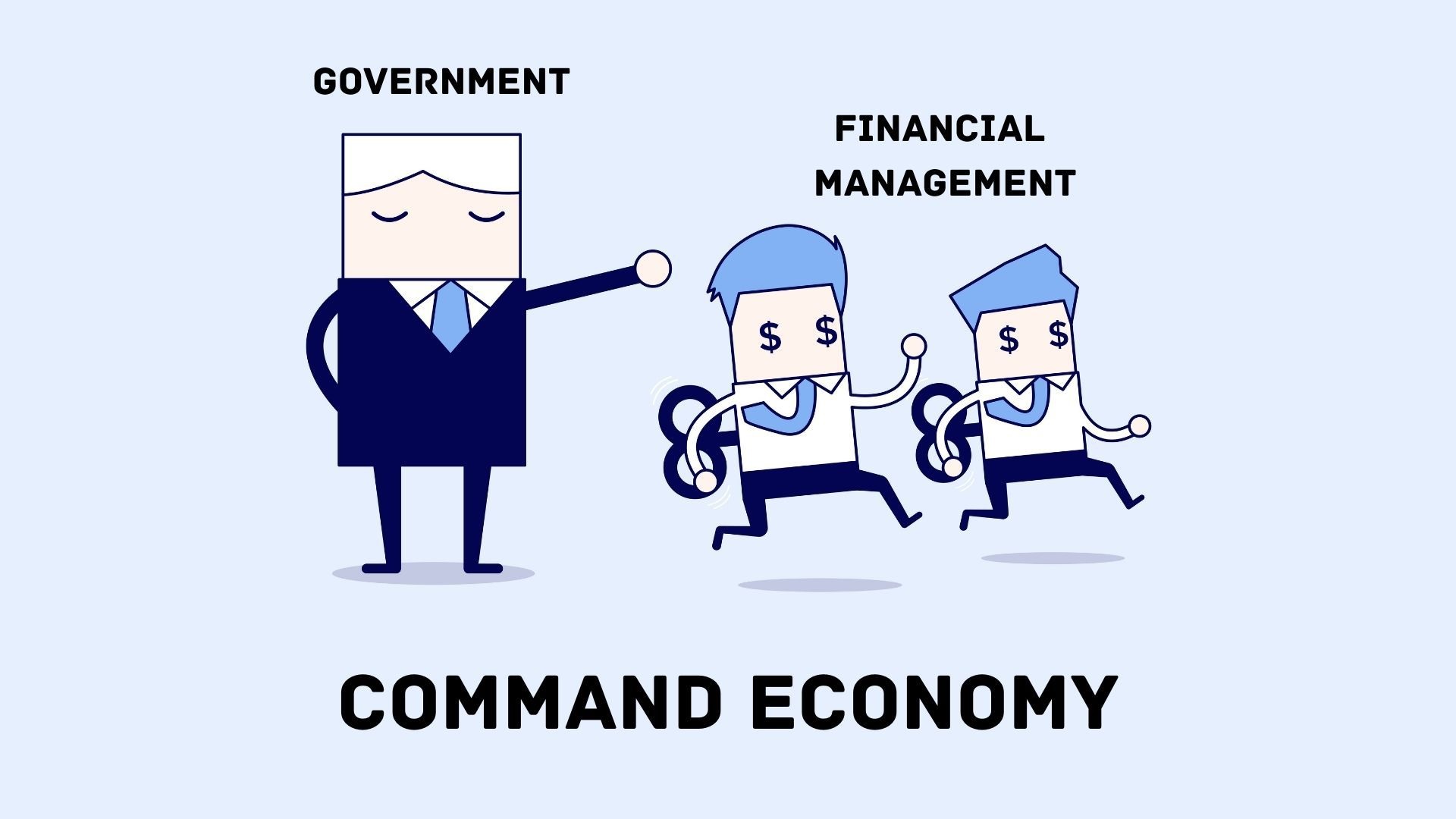
Ever wondered how a command economy works? In this type of economic system, the government makes all the decisions about production, investment, and distribution. Unlike a market economy where supply and demand dictate these choices, a command economy relies on centralized control. North Korea and Cuba are modern examples of countries with command economies. This system aims to eliminate inequality by controlling prices and wages, but it often leads to inefficiencies and lack of innovation. Curious about more intriguing aspects of command economies? Let's dive into 23 amazing facts that will give you a deeper understanding of this unique economic structure.
What is a Command Economy?
A command economy is a system where the government controls all major aspects of the economy. This includes production, distribution, and pricing of goods and services. Unlike market economies, where supply and demand dictate these factors, command economies rely on centralized planning.
-
Central Planning: In a command economy, the government makes all economic decisions. This includes what goods to produce, how much to produce, and at what price to sell them.
-
Public Ownership: Most industries and resources are owned by the state. This means there is little to no private ownership of businesses.
-
Resource Allocation: The government allocates resources based on its plans and priorities, not market forces.
Historical Examples of Command Economies
Several countries have implemented command economies throughout history. These examples provide insight into how this economic system operates in practice.
-
Soviet Union: The Soviet Union is one of the most well-known examples of a command economy. The government controlled all aspects of economic life, from agriculture to industry.
-
China: Before transitioning to a more market-oriented economy, China operated under a command economy. The government controlled production and distribution of goods.
-
Cuba: Cuba has maintained a command economy since the Cuban Revolution in 1959. The government controls most industries and resources.
Advantages of a Command Economy
While command economies have their drawbacks, they also offer some benefits. These advantages can make them appealing in certain situations.
-
Economic Stability: Command economies can provide economic stability by controlling inflation and unemployment.
-
Resource Mobilization: The government can quickly mobilize resources for large-scale projects, such as infrastructure development.
-
Social Welfare: Command economies often prioritize social welfare, providing free or subsidized healthcare, education, and housing.
Disadvantages of a Command Economy
Despite their advantages, command economies also have significant drawbacks. These disadvantages can hinder economic growth and innovation.
-
Lack of Incentives: Without the profit motive, there is little incentive for innovation or efficiency.
-
Bureaucracy: Centralized planning can lead to excessive bureaucracy, slowing down decision-making processes.
-
Shortages and Surpluses: Misallocation of resources can result in shortages of some goods and surpluses of others.
Command Economy vs. Market Economy
Understanding the differences between command and market economies can help clarify how each system operates.
-
Decision-Making: In a market economy, decisions are made by individuals and businesses based on supply and demand. In a command economy, the government makes all economic decisions.
-
Ownership: Market economies feature private ownership of businesses and resources. Command economies have public ownership.
-
Efficiency: Market economies tend to be more efficient due to competition and the profit motive. Command economies can suffer from inefficiency due to lack of competition.
Modern Examples of Command Economies
While pure command economies are rare today, some countries still incorporate elements of this system.
-
North Korea: North Korea operates a strict command economy, with the government controlling nearly all aspects of economic life.
-
Eritrea: Eritrea has a command economy where the government controls major industries and resources.
-
Turkmenistan: Turkmenistan's economy is heavily controlled by the state, particularly in sectors like energy and agriculture.
Transition from Command to Market Economies
Some countries have transitioned from command economies to market-oriented systems. This process can be complex and challenging.
-
Russia: After the fall of the Soviet Union, Russia transitioned to a market economy. This shift involved significant economic reforms and privatization of state-owned enterprises.
-
China: China has gradually introduced market reforms since the late 1970s. While the government still plays a significant role, the economy is now more market-oriented.
Criticisms of Command Economies
Command economies face criticism for various reasons. These critiques highlight the potential downsides of this economic system.
-
Inefficiency: Critics argue that command economies are inherently inefficient due to lack of competition and incentives.
-
Lack of Freedom: Command economies can limit individual freedoms, as the government controls many aspects of life.
-
Economic Stagnation: Without the drive for profit and innovation, command economies can experience economic stagnation.
Final Thoughts on Command Economy
Command economies, where the government controls production and distribution, have unique traits. They can quickly mobilize resources for large projects, like infrastructure or defense. However, they often struggle with inefficiency and lack of innovation due to limited competition and consumer choice.
Countries like the former Soviet Union and North Korea are prime examples. While they achieved rapid industrialization, they also faced significant economic challenges. On the flip side, mixed economies, combining elements of both command and market systems, tend to balance efficiency with social welfare.
Understanding these facts helps grasp the complexities of economic systems. Whether you're a student, a history buff, or just curious, knowing how different economies function can offer valuable insights into global dynamics. Keep exploring, and you'll uncover even more fascinating aspects of how our world works.
Was this page helpful?
Our commitment to delivering trustworthy and engaging content is at the heart of what we do. Each fact on our site is contributed by real users like you, bringing a wealth of diverse insights and information. To ensure the highest standards of accuracy and reliability, our dedicated editors meticulously review each submission. This process guarantees that the facts we share are not only fascinating but also credible. Trust in our commitment to quality and authenticity as you explore and learn with us.


